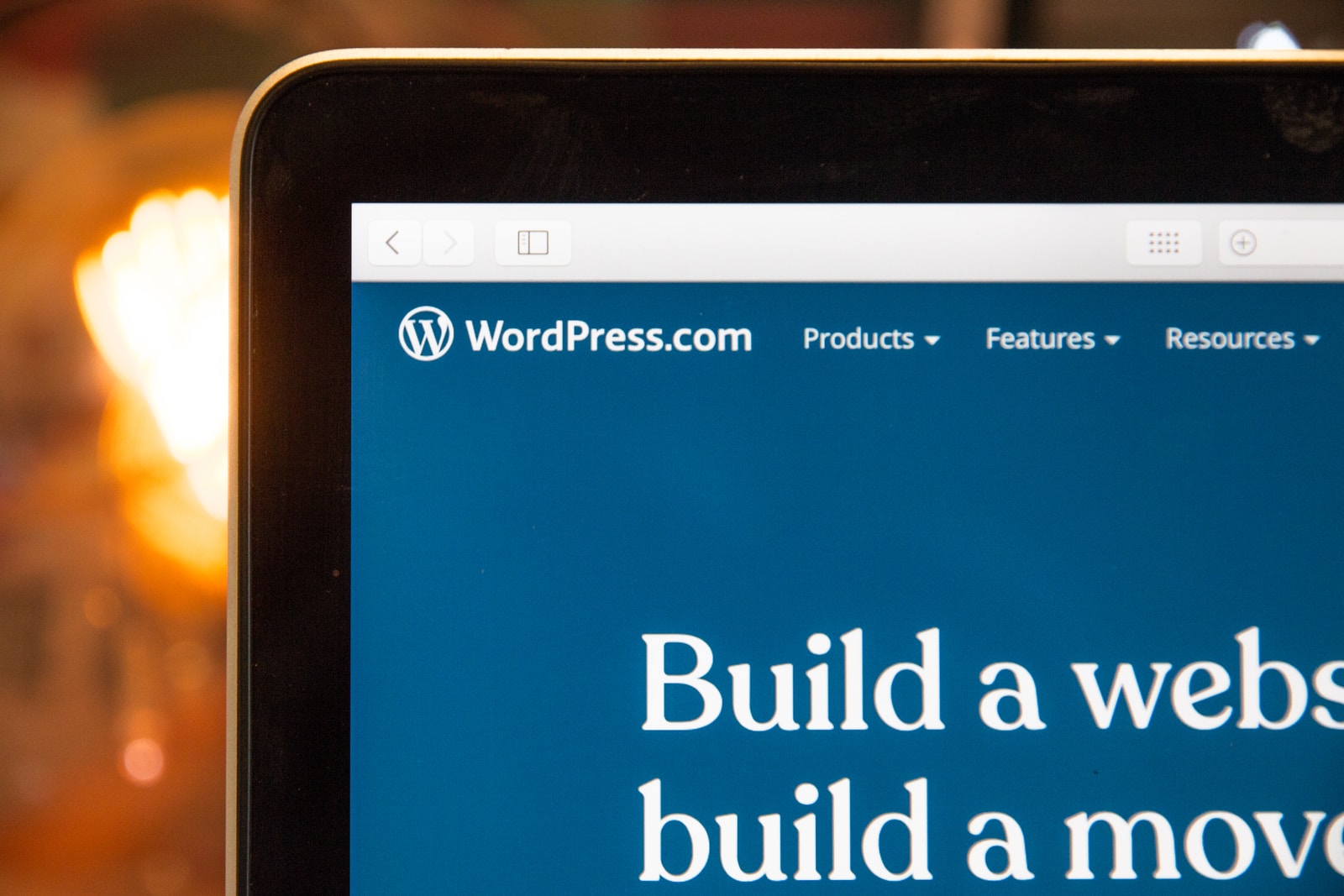A content management system (CMS) is a software application that enables users to create, edit, collaborate on, publish and store digital content. CMSes are typically used for enterprise content management (ECM) and web content management (WCM).
How does a CMS work and how is it used?
A CMS provides a graphical user interface with tools to create, edit and publish web content without the need to write code from scratch.
A CMS has two components: a content management application (CMA) and a content delivery application (CDA).
The CMA is a graphical user interface that enables users to design, create, modify and remove content from a website without HTML knowledge.
The CDA component provides the back-end services that support the management and delivery of the content once a user creates it in the CMA.
What’s the difference between a CMS, ECM, and WCMS?
A CMS, ECM, and WCMS all manage content, but there are differences between them:
- The CMS is the precursor to the ECM system. A CMS is a place to create, manage and store digital content, and works best with structured content — such as documents and database records.
- An enterprise content management system manages both structured and unstructured content. It includes software, strategies, and security to effectively manage content.
- A web content management system is similar to an ECM system, but the differentiating factor is the WCMS is for web content: such as product pages on e-commerce websites. It contains a publishing tool and facilitates collaborative authoring.
CMS features
Features can vary amongst the various CMS offerings, but core functions include:
- Intuitive indexing, search, and retrieval. These features index all data for easy access through search functions and enable users to search by attributes such as publication dates, keywords, or authors.
- Format management. This helps turn scanned paper documents and legacy electronic documents into HTML or PDF documents.
- Revision features. These features enable content to be updated and edited after initial publication. Revision control also tracks any changes individuals make to files.
- Publishing. This functionality enables individuals to use a template or a set of templates that an organization approves: as well as wizards and other tools for content creation and modification.
A CMS may also provide tools for personalization, or one-to-one marketing. One-to-one marketing is the ability of a website to tailor its content and advertising to a user’s specific characteristics using information a user provides or a website gathers. For example, if a user searches for digital cameras in major search engines — such as Google — advertising banners may feature businesses that sell digital cameras instead of businesses that sell gardening products.
Other popular CMS features include:
- Search engine optimization-friendly URLs
- Integrated and online help, including discussion boards
- Group-based permission systems and security
- Full template support and customizable templates
- Easy wizard-based install and versioning procedures
- Admin panel with support for multiple languages
- Minimal server requirements
- Integrated file managers
- Integrated audit logs
Benefits of using a CMS
There are a number of benefits to using a content management system, including:
- Ease of use. Due to a graphical user interface, even those with limited technical knowledge can use the software.
- Easy to search for information. A built-in search function enables users to enter what they are searching for and have a list of items returned to them — much like a Google search engine.
- Easy to manage content. Not only is creating content easy but so is removing content. A CMS makes it easy to unpublish content to keep websites up to date.
- Accessible from anywhere. A CMS can be cloud-based or on-premises, but users can access content from anywhere with a device that’s connected to the internet.
- Allows multiple users. A CMS makes it easy to manage publishing permissions.
- Instant content updates. A CMS enables users to manage and update content in real-time: without needing to wait for a developer.
- Easy to scale. A CMS makes it easy for businesses to add new web pages as their business grows without the need for a developer.
- Easy to update. Development teams can roll out updates with just a few clicks.
Examples of different CMSes
There are many free and subscription-based CMSes available for personal and enterprise use. Here are some examples of the more popular content management system providers:
- Joomla: This is a free and open-source web content management system built on an MVC framework. Joomla is written in PHP script language and offers features such as caching, RSS feeds, blog posts, search and support for language translation.
- WordPress: This is another free and open-source WCMS based on PHP and MySQL. Businesses can use WordPress in the cloud or deploy it on a local computer to act as their own web server. This software is highly customizable, with many themes and WordPress plugins available. It is also a popular blogging platform.
- Backdrop CMS: This is a free and open-source CMS that is part of the Drupal project and provides affordable CMS for small- and medium-sized organizations. On its own, Backdrop offers just the most basic web content management features, but it can be extended with the help of various modules.
- Wix: This CMS offers both free and paid plans. Features include team collaboration tools, third-party integrations, enterprise-grade security, hundreds of design templates, and the ability to add custom code. Wix also provides 24/7 customer support.
- HubSpot CMS: This paid CMS features a drag-and-drop page builder, SEO recommendations, and website themes. HubSpot’s free CRM platform is also included in each CMS package, enabling users to keep track of customers and content, all in one place.
